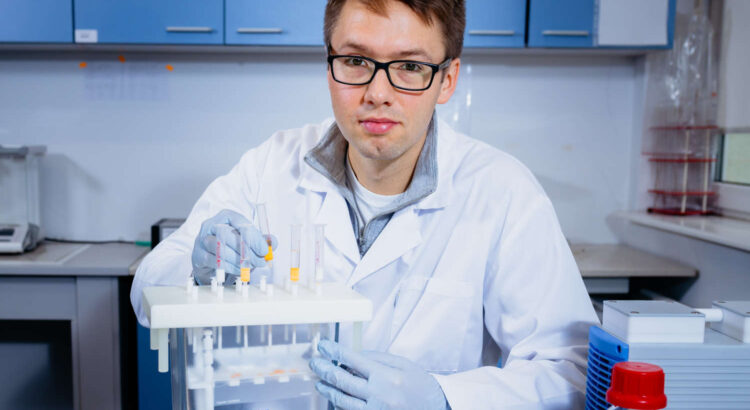Upcycling is a higher form of recycling. It involves using by-products in such a way that a higher value product is obtained than the original one. An example in the food industry is the processing of fruit pomace. As scientists point out, pomace is in fact a rich source of health-promoting bioactive compounds.
29 September is International Day of Awareness of Food Loss and Waste, established by the United Nations. According to UN estimates, more than one billion tonnes of food went into the rubbish in 2022.
– The idea of upcycling is part of the trend towards a closed-loop economy, one of the goals of which is to reduce the amount of by-products produced. Therefore, upcycling is being promoted more and more loudly in the food industry. Science is also coming to the rescue – emphasizes Dr Bartosz Fotschki from the Biological Function of Food Team of our Institute.
According to estimates, approximately 400,000 tonnes of waste are produced annually in fruit and vegetable processing in Poland. These can include, among others, onion plant husks, marc, peelings from root vegetables, leafy cuttings and seeds. These products are most often used to produce compost or biogas. One trend is also to extract natural food colourings from them for use in the production of beverages, confectionery and bakery products, dairy products and ready meals.
The Polish juice industry is at the forefront of Europe. However, the production of juices or nectars produces a very large amount of pomace, i.e. residues of seeds, fruit or vegetables. It turns out that these by-products are a rich source of health-promoting ingredients.
– Such pomace is in fact a source of many valuable bioactive compounds with great health-promoting potential. Apple pomace, for example, contains a great ammount of dietary fibre, which, if properly prepared, could support the function of our intestines and serve as food for the bacteria in them. Proper stimulation of the intestinal microbiome with dietary fibre causes these micro-organisms to start secreting various metabolites and compounds beneficial to our health – says the scientist.
And how can such pomace be used? – For example, they can be dried and then ground and added as an ingredient to bars or muesli. On the other hand, if you separate the seeds from the pomace, you can press oil from it. Our team has repeatedly tested oils from e.g. raspberry, strawberry and blackcurrant seeds and found that they are all extremely rich in nutritionally valuable fatty acids and other bioactive compounds. Producing them from fruit pomace could be another valuable direction for the use of this by-product, according to Bartosz Fotschki.
This also fits in with the growing trend of functional foods, i.e. value-added foods with extra health benefits. In addition, fruit oils from, for example, raspberry seeds are also used in cosmetology.
In the upcycling of pomace, the Polish food industry is only taking its first steps. – However, we see a regular increase in interest in this topic, also in research project grants awarded. Certainly, it is mainly entrepreneurs who have to be willing to get involved and invest, but I think the potential is very high – the researcher points out.
So why bet on upcycling? – Using pomace as an example, we can see that with relatively little effort we can reduce the amount of waste and use its huge health-promoting potential – he concludes.
Currently, Dr Bartosz Fotschki is heading the scientific part of a research and implementation project for the development and implementation of innovative functional foods aimed at the prevention of diet-related diseases. The project is funded by the National Centre for Research and Development as part of the Nutritech: nutrition in the light of the challenges of improving societal wellbeing and climate change.
